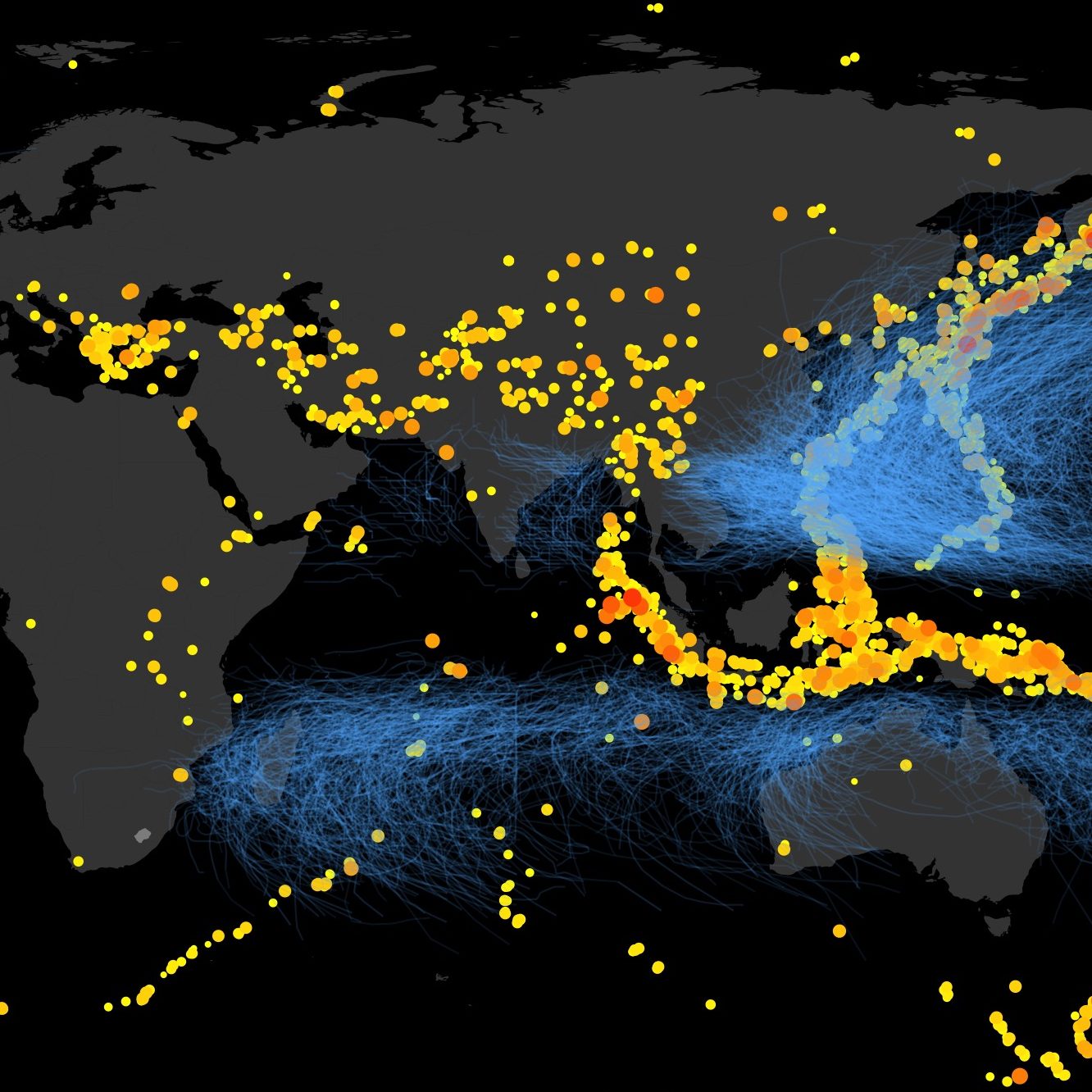Building a Less Risky Future: How Today’s Decisions Shape Disaster Risk in the Cities of Tomorrow
Disaster risk is constantly evolving due to changes in hazard, exposure, and vulnerability. Urbanization and population growth (figure 1) are part of this evolution—they have been key drivers of the observed increase in disaster losses over recent decades—and in 2008, urban dwellers outnumbered rural dwellers for the first time. Changes in the drivers of risk are having especially profound impacts in cities, which are often located in areas prone to flooding, earthquakes, and other hazards; nearly 1 billion people are estimated to live in areas prone to flooding, an increase of 90 percent from 1970 (Jongman, Ward, and Aerts 2012). More frequent and intense weather-related hazards due to climate change are also contributing to the evolution of disaster risk and may further aggravate the situation of the poorest urban citizens.
The future of disaster risk is being written now. In some cities, decisions on urban design and land-use planning take into account growing urban populations and evolution in cities’ size and structure. In many other cities, the pace of change is too rapid for formal governance systems to keep up, and development takes place in an unregulated, ad hoc manner. In both cases, new development influences future levels of risk and resilience by creating new exposure or prompting investments with long life spans, which effectively lock in levels of disaster risk for decades to come. If decisions are taken with disaster risk and future climate conditions in mind, they may help to mitigate further increases in risk. If not, they may unintentionally increase future risk.
